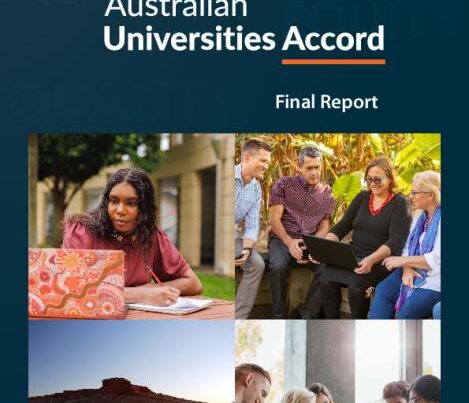Introduction
With the start of the 2022/2023 academic year looming, we look at some of the biggest challenges facing higher education globally.
The challenges and priorities of educational institutions have changed significantly over the last few years and are likely to continue to change at a swift pace. Universities and Colleges must adapt quickly and astutely to keep up with this ever-changing landscape of modern education delivery.
Digital Transformation
One of the most challenging developments in education over the last few years, has been its accelerated Digital Shift.
Universities and colleges around the world need to invest significantly in their digital infrastructure to match the requirements of a modern education experience. Building ‘The Campus of the Future’ requires repurposing and adapting existing infrastructure and focusing on the digital tools and technologies needed to improve the student journey. These new developments bring additional challenges around cybersecurity that HEIs will need to prioritise too.
Hybrid and Blended Education Delivery
Following on from new digital developments, the new model of education delivery involves a blended online and in-person experience. Many HEIs have already made significant changes to their teaching and learning delivery as a result of the Covid-19 Pandemic.
As the hybrid learning experience looks set to stay, institutions need to make the necessary technological investments. This includes implementing software that supports long-term hybrid education delivery.
Student Wellbeing
Student welfare across the globe is experiencing what can only be described as an ‘educational emergency’. Research indicates that up to 70% of students are suffering with their mental health while at University. A figure that has risen since the beginning of the pandemic.
Fundamental to student success, student wellbeing needs to be a top priority of all education providers for the 2022/2023 academic year. This is especially important given the new digital education experience where students are spending less time on-campus.
Fundamental to student success, student wellbeing needs to be a top priority of all education providers for the 2022/2023 academic year.

Climate Change and Sustainability
An ever-important challenge for global industries, Education has it’s own agenda to meet when it comes to improving sustainability, reducing emissions, and minimising costs.
To remain financially viable and ensure their campuses are sustainable, HEIs need to invest appropriately. Institutions should look to technology that enables environmentally friendly estate management, space utilisation and improved campus efficiency. Modern innovations have shown us that ‘The Campus of the Future’ is Smart.
Increased Focus on Applied Learning and Graduate Employability
In his own outlook on the challenges and trends facing Higher Education, IE University President Santiago Iniguez, reflects on the growing emphasis on applied forms of learning.
There is an increasing demand from both students and employers that graduates have more hands-on work experience. Affirming this, data released in 2020 revealed that 1 in 4 unemployed Australians have a university degree. This speaks to the need for HE and FE to offer more work-integrated-learning opportunities such as placements and internships, to increase graduate employability. Managing work-integrated-learning effectively is a significant challenge.

Falling Enrolment Rates
The issue of falling enrolment rates has been hitting US institutions hard but some Canadian universities have also been affected. Recent research shows that overall college enrolment fell by 13 % in the past decade. Community colleges have been worst affected, having lost over 827,000 students since the start of the pandemic. This only intensifies the existing financial pressures facing colleges and universities.
Focusing efforts on widening participation strategies will have a positive impact. Especially in Community Colleges where student transfer rates continue to drop.
Increased Demand for Course Places
On the other side of the spectrum, the UK is experiencing record numbers of students looking to attend postsecondary education. Any positivity associated with bucking the enrolment trend of the US has been overshadowed. Reports indicate that the number of A-level pupils without a university place in 2022 is at it’s highest in a decade.
This follows research from the Higher Education Policy Institute that revealed over 350,000 more higher education places will be needed in England by 2035. Similarly significant increases are expected in Ireland. HEIs should try address some of this demand with well-organized hybrid learning opportunities.
Institutions should ensure that their Visa Sponsorship and international student management are equipped for rising International Student numbers.
Falling Student Retention & Completion Rates
Finally, one of the biggest issues facing all Higher Education Institutions across the globe are falling student retention and completion rates.
Students from disadvantaged groups are more likely to be affected, indicating HEIs need to do more to support underrepresented cohorts during their time in college. Falling student completion rates not only impact students who drop out or face resits. They directly impact and damage the institutions long-term reputation, student enrollment and income stream.
HEIs should make improving their student retention strategy a top priority for the 2022/2023 academic year.
For more, check out our blog on ‘The Top Education Solutions for 2023’.








